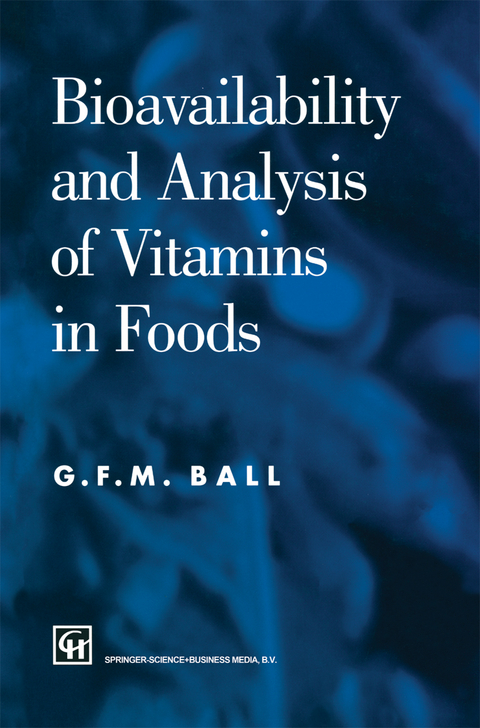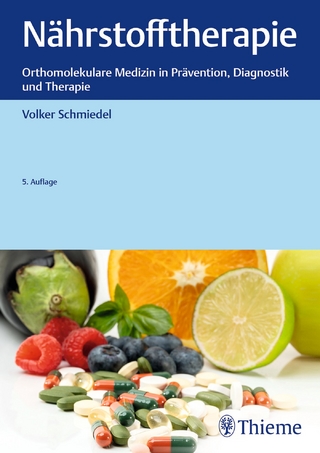
Bioavailability and Analysis of Vitamins in Foods
Seiten
1998
|
Softcover reprint of the original 1st ed. 1998
Chapman and Hall (Verlag)
978-0-412-78090-5 (ISBN)
Chapman and Hall (Verlag)
978-0-412-78090-5 (ISBN)
Every country in the world is concerned with the nutritional status of its population and in utilizing its natural food resources in the most effective way possible. Surveys based on food intakes and food compositional data are being conducted with the object of establishing recommended intakes of vitamins. These recommendations are constantly being changed as new knowledge comes to light. Analytical techniques using physicochemical and microbiological methods have been largely developed to determine the total vitamin content of a food commodity or diet using the most rigorous extraction method commensurate with the stability of the vitamin. The extraction procedures frequently involve prolonged heating of suitably prepared food samples at extremes of pH to liberate vitamins from chemically bound forms in the food matrix or to remove a preponderance of fat from fatty foods. For several vitamins the data obtained by these means grossly overestimate the nutritional value of the food because the human digestive system fails to liberate bound vitamin forms for subsequent absorption by the intestine. This statement is borne out by reports of vitamin deficiency in situations where the dietary supply of vitamin is adequate on the basis of conventional analysis. Various research labora tories are directing their effort toward the estimation of bioavailable vitamin, i. e. the proportion of vitamin in the food which is available for utilization by the body. So far, few data have been published and there are many gaps in the knowledge required to interpret experimental results.
1 Physiological aspects of vitamin bioavailability.- 2 Laboratory procedures and some of the analytical techniques used in vitamin determinations.- 3 Vitamin A and the provitamin A carotenoids.- 4 Vitamin D.- 5 Vitamin E.- 6 Vitamin K.- 7 Thiamin (vitamin B1).- 8 Riboflavin and other flavins (vitamin B2).- 9 Niacin and tryptophan.- 10 Vitamin B6.- 11 Pantothenic acid.- 12 Biotin.- 13 Folate.- 14 Vitamin B12.- 15 Vitamin C.
| Erscheint lt. Verlag | 1.1.1998 |
|---|---|
| Zusatzinfo | 14 Illustrations, black and white; XII, 569 p. 14 illus. |
| Verlagsort | London |
| Sprache | englisch |
| Maße | 155 x 235 mm |
| Themenwelt | Medizin / Pharmazie ► Gesundheitsfachberufe ► Diätassistenz / Ernährungsberatung |
| Studium ► Querschnittsbereiche ► Prävention / Gesundheitsförderung | |
| Naturwissenschaften ► Biologie ► Biochemie | |
| ISBN-10 | 0-412-78090-9 / 0412780909 |
| ISBN-13 | 978-0-412-78090-5 / 9780412780905 |
| Zustand | Neuware |
| Haben Sie eine Frage zum Produkt? |
Mehr entdecken
aus dem Bereich
aus dem Bereich
das Manual zur psychologischen Gesundheitsförderung
Buch | Hardcover (2023)
Springer Berlin (Verlag)
39,99 €
Lehrbuch zur berufsspezifischen Ausbildung
Buch | Softcover (2021)
Kohlhammer (Verlag)
46,00 €
Orthomolekulare Medizin in Prävention, Diagnostik und Therapie
Buch | Hardcover (2022)
Thieme (Verlag)
71,00 €


